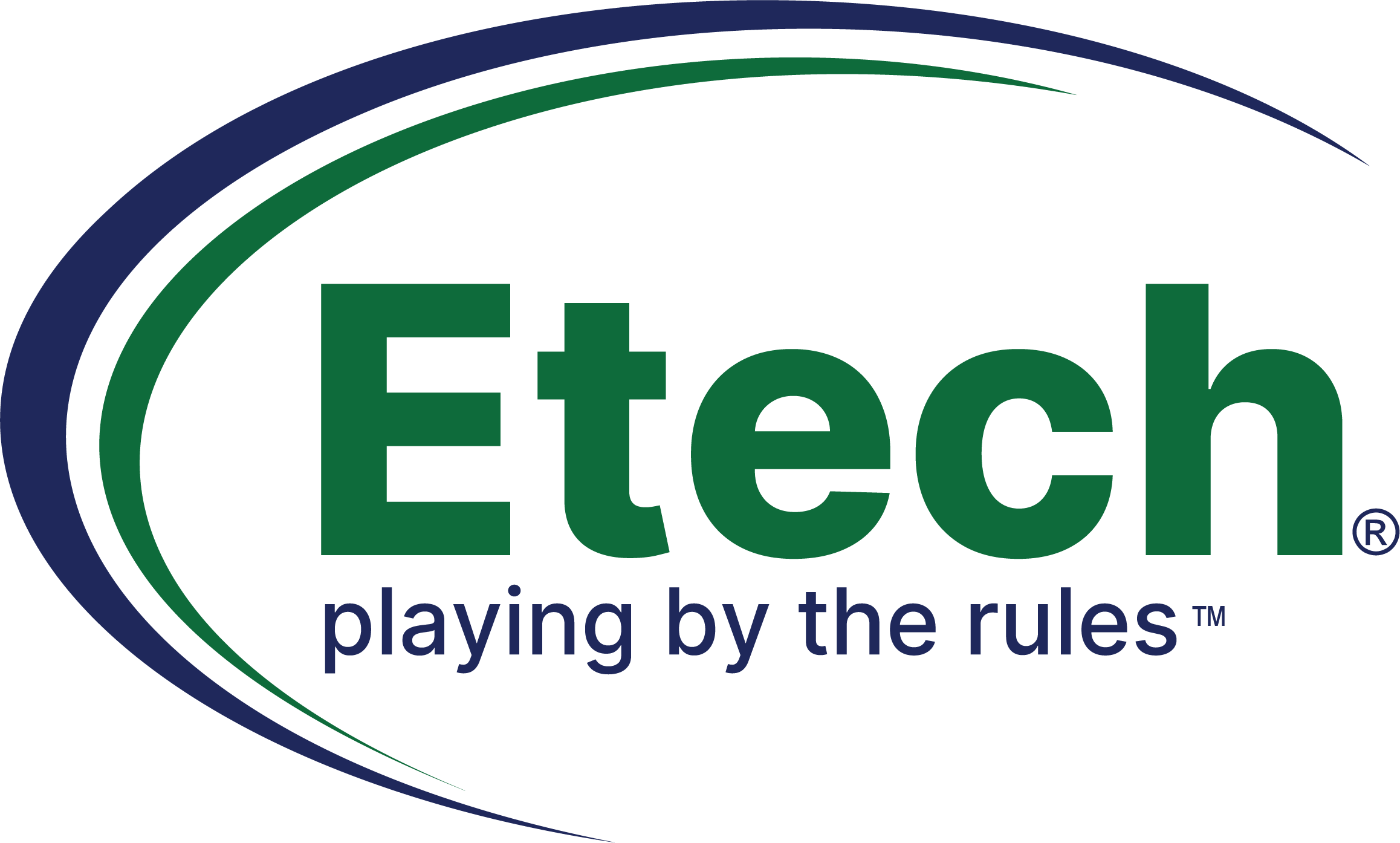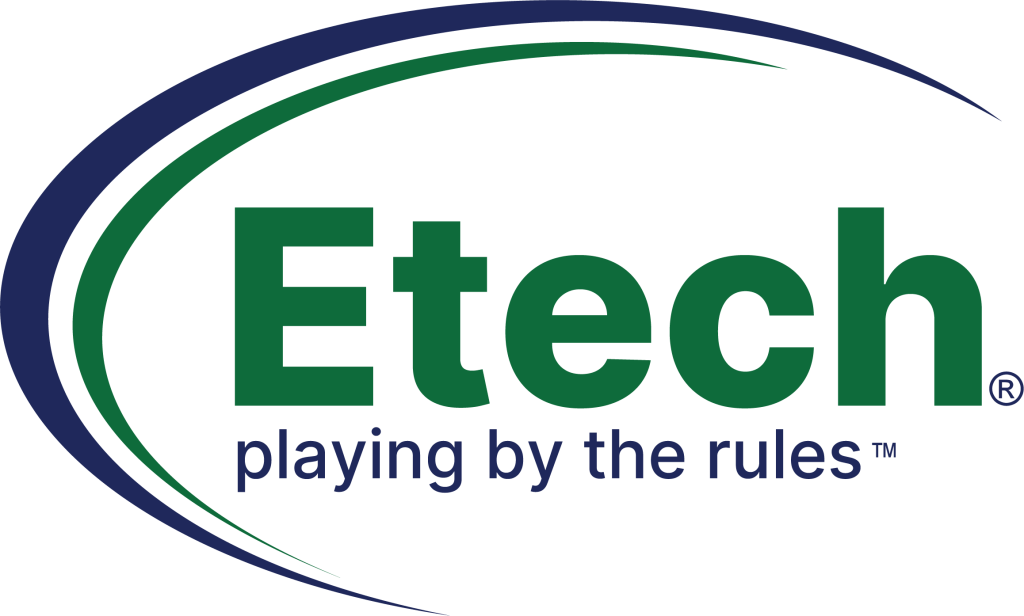Jamaica: An Emerging Contact Center Outsourcing Mecca
If you are looking to boost the communication capabilities of your business, Jamaica is a hotspot for contact center outsourcing. Generally speaking, BPO in Jamaica is well known among business owners, but some are not aware of the IT and QA specific benefits. Learn why Jamaica should be one of your top choices for outsourcing your call center processes. Highly Educated Consultants Many IT professionals are coming out of Jamaica’s University of Technology (UTEC). UTEC is a hotbed for technology and innovation. Students come out of the university looking for internships, subcontracting jobs, and full-time jobs in quality assurance. UETC’s computer science program prepares students for work upon graduation. With the amount of passionate and dedicated professionals in Jamaica who are proficient in the latest technologies, growing your workforce through a Jamaica call center can give you the help you need. Why Jamaica is Unique There are plenty of advantages for US companies utilizing BPO in Jamaica. For one, the island shares time zones with the US. Jamaica is on the eastern time zone for 6 months and central time zone for the other 6 months. It is also the biggest English-speaking nation outside of the US. There are many short and direct flights from major US cities to Jamaica. These unique attributes of Jamaica make it the perfect place for US companies to work in synergy with Jamaican professionals. Having a call center with a shared time zone and language makes business convenient. Growing Infrastructure The Jamaican government has made tremendous improvements in its ability to meet BPO needs. With high bandwidth and connectivity, you can rely on a Jamaica call center to handle your business transactions. While some improvements still need to be made in terms of the technology sector, call centers and BPO in Jamaica are a priority for both business and government. How the Government Helps The new government in Jamaica has a board of technology professionals with oversight by a Minister of Technology. Jamaica is serious about growing its technological innovation and attracting international businesses. It is a fertile environment for businesses looking to expand their call center operations. The Big Trends The Jamaican IT industry is seeing a big push towards Javascript developers. Jamaican IT professionals are up to speed on the latest advancements in coding and are constantly adapting to new waves of innovation. In fact, Jamaica is seen as the Silicon Island. Technology advancements and game-changing professionals are proving that the country is fully capable of providing dependable call centers and IT capabilities. Outsourcing certain business practices can prove to be beneficial in various ways. Outsourcing to a Jamaica call center can strengthen your ROI and enhance your customer experience. Jamaica’s convenient near-shore location, shared time zone, and large English-speaking population make it a convenient choice for the BPO industry. You don’t have to worry about trusting your customers to people who do not speak English or are not aware of the latest technological advancements. Jamaica is full of experienced professionals and newly graduated computer science students who are eager to help. Consider Jamaica for your contact center outsourcing.


